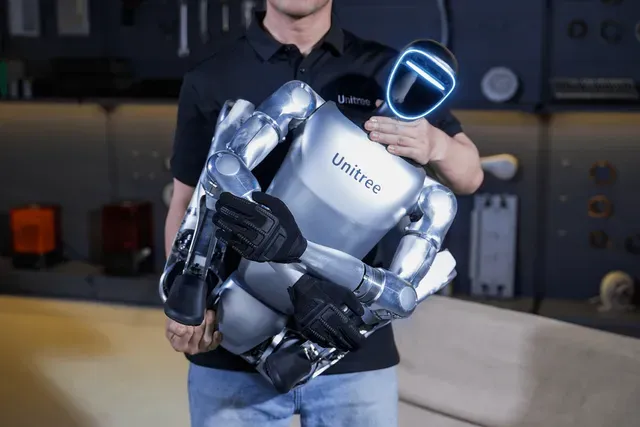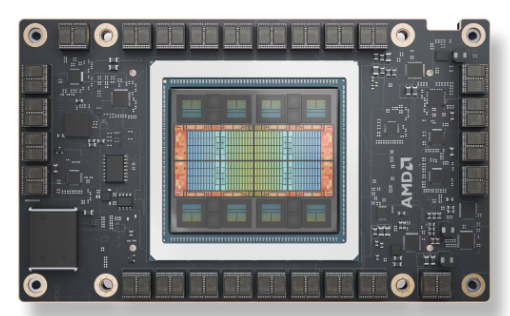China's Humanoid Robot Strategy looks a lot like its EV strategy

Hey Everyone,
Given the relative dominance of EV markers out of China, China certainly seems to have an edge in robotics as well. The World Robot Conference that began Wednesday in Beijing claimed it revealed 27 humanoids, a record.
Unitree one of China's leaders in robotics, recently unveiled the G1 (video) and appears to be shifting focus towards humanoid robotics, making an impact in an arena that includes formidable players like Tesla’s Optimus and Boston Dynamics’ Atlas. With the advent of Figure in the U.S. among more funding recently, things are getting interesting in robotics innovation.
With a recent stalling of foreign investment in China, it will be interesting to see how its ecosystem adapts and evolves here. Total investment into China’s robotics industry in the last decade has exceeded 100 billion yuan ($14.01 billion), said Wei Cao, partner at Lanchi Ventures.
Another Chinese robot maker, Zhiyuan Robotics, the startup founded by former Huawei "genius youth" Peng Zhihui, unveiled five new commercial humanoid robots.

Here are some of the key startups to watch:
- Unitree Technology: A Chinese robotics company known for its industrial humanoid robots like the G1 and H1-2.
- AGIBOT: A Chinese company founded by Li Zhihui, focusing on humanoid robots powered by large language models for industrial and service applications.
- Astribot: A Shenzhen-based company backed by venture capital firm MPC, known for its S1 robot assistant.
- Zhejiang Humanoid Robot Innovation Center: Known for its NAVIAI humanoid robot.
- UniX AI: Developer of the Wanda wheeled dual-arm humanoid robot.
- Deep Robotics: A Hangzhou-based company specializing in robot dogs and recently introduced the Dr.01 humanoid robot.

China is pouring funding into its semiconductor and robotics foundations and in the 2030s could be fairly more impressive in these spaces because it wants to be not only self-sustainable, but a global leader.
At the World Robot Conference 2024, makers like Shenzhen-based Leju Robotics brought its latest service humanoid robot, which can cook, make juice and sort items, as well as humanoid robots for industrial tasks such as moving heavy items. This also involves a race to integrate Generative AI into these humanoid robots in efforts to augment their capabilities and make them into viable commercial products. For example, Leju is working with Huawei, using its large Pangu artificial intelligence (AI) model to complete cooking, sorting and handling tasks.
To be clear, China isn't pushing into the emerging industry, it's been a leader in industrial robotics adoption for years. It's only natural that it will also be a leader in humanoid general purpose robotics innovation and their commercialization on a global level. If the EV industry is anything to go by, China will be formidable in this area as they ramp up their R&D, startup infrastructure, Venture capital systems and capabilities of attracting global talent.
"China's humanoid robot industry demonstrates clear advantages in supply-chain integration (and) mass production capabilities," said Arjen Rao, analyst at China-based LeadLeo Research Institute. If the Chinese Government makes it a priority, it will happen: we are already seeing signs of this: recently the city of Beijing launched a $1.4 billion state-backed fund for robotics in January, while Shanghai announced in July plans to set up a $1.4 billion humanoid industry fund.
While Generative AI is getting a lot of attention and funding, general purpose humanoid robots might actually be more valuable in the real world. A commercially viable use case in manufacturing in which the robots can move around and know how to prioritize a series of tasks look less than five years away. While robotics is an incredibly hard field, with aging populations and lower fertility rates globally, there's a sociological and economic incentives to pour resources into this kind of pragmatic innovation.
China tends to do fairly well when it comes to pragmatic real-world innovation that involved manufacturing, logistics and scaling products on a global level. I think the EV race demonstrated that. I expect to see similar dynamics when it comes to robotics for China.





